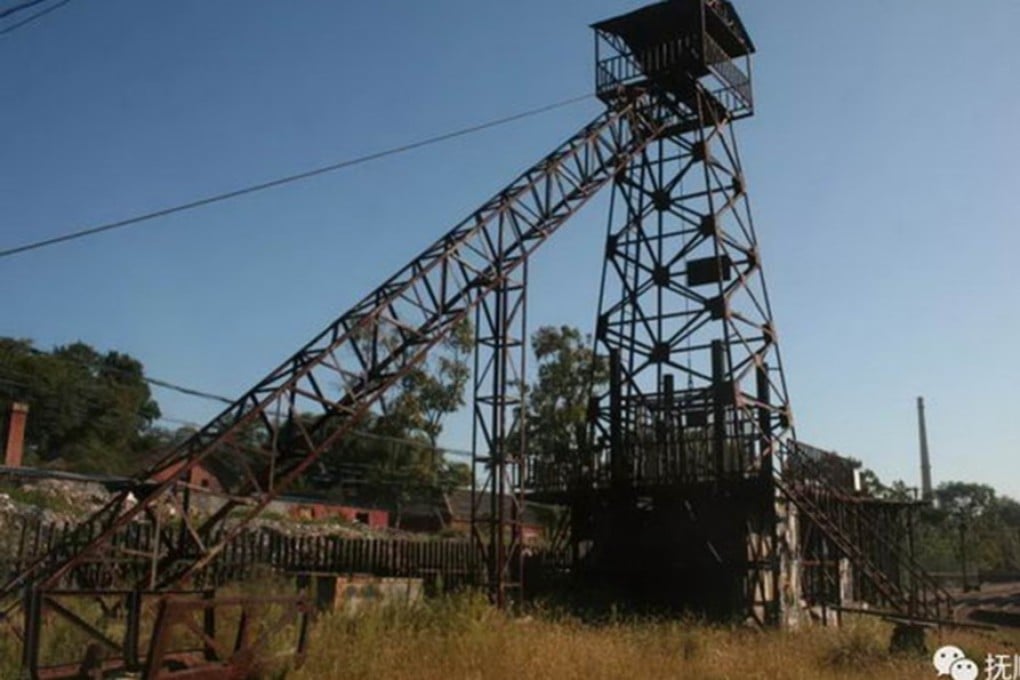China’s rust belt cities shrouded in uncertainty as exhausted natural resources shake China’s foundations
- With economically extractable coal exhausted and a lack of technology and capital to safely mine deeper underground, mines are shutting down one by one
- Bureaucratic, state-run mentality that goes back to Japanese dominance early last century hindering efforts to revitalise China’s earliest industrial success

The northeast rust belt, once the pride and birthplace of China’s industrial development, is in its biggest economic slump as it struggles to shake off a deep-rooted planned economic mindset and dwindling resources, and a brain drain to regain competitiveness. This is the second article of a five-part series that examines the issues inhibiting reform and changes to revive growth.
The tiny shroud shop on a dusty commercial street leading to the abandoned Shengli Coal Mine in Fushun in China’s northeastern rust belt is a cold reminder that death and the city’s decline are never far away as the mining industry collapses.
For more than a century, coal was the centre of life for Fushun residents, with the mineral helping the backwater city near Shenyang, Liaoning’s provincial capital, to rise to become a booming mining town.
But decades of exploitation have taken a toll. With economically extractable coal exhausted and a lack of technology and capital to safely mine deeper underground, mines are shutting down one by one. Along with their closure, a general neglect and the eventual abandonment of the neighbourhoods surrounding the mines has followed.

Fushun’s coal production gradually fell to 5.29 million tonnes last year, a fraction of what was produced in the heyday of the 1960s and 1970s. The city’s industrial output also shrank by more than a third between 2010 and 2018, according to official data.
Of that, the value of the output from its heavy industries plunged more than 60 per cent to 15.26 billion yuan (US$2.3 billion) between 2010 and 2016, with the city no longer even providing statistics for the last two years. The urban population fell in tandem as inhabitants left for other cities in search of better livelihoods.